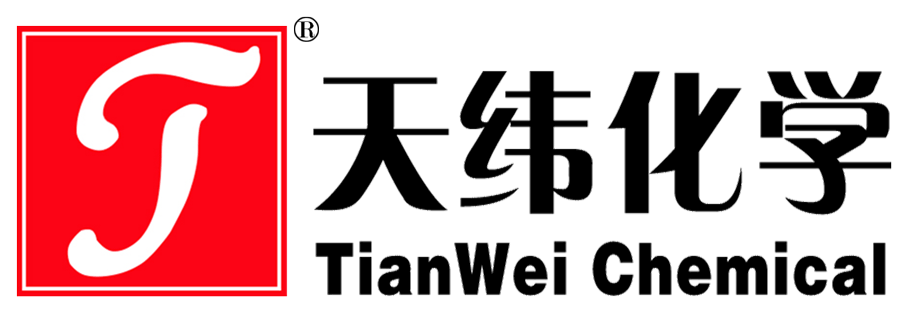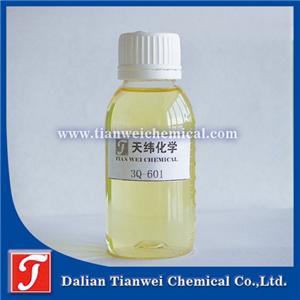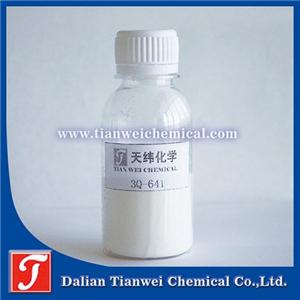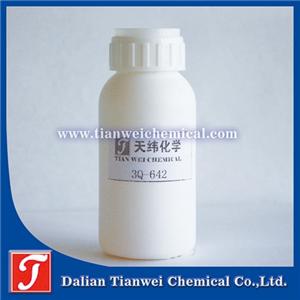Antibacterial agents are added to ABS material for long-lasting protection and highly efficient antibacterial performance
Adding antibacterial agents to ABS materials is an important means to enhance their antibacterial performance and expand their application fields. The following is an introduction from several dimensions including the types of antibacterial agents, application advantages, and application fields:
Types of antibacterial agents for ABS materials
The commonly used antibacterial agents in ABS materials can be classified into three categories: inorganic antibacterial agents, organic antibacterial agents and natural antibacterial agents.
Inorganic antibacterial agents, such as silver ions, zinc ions, copper ions, etc., achieve antibacterial effects by releasing metal ions to destroy the cell membranes of microorganisms or inhibit enzyme activity. For instance, silver-loaded modified antibacterial granules can effectively control the bacterial breeding environment through the inorganic antibacterial properties of silver ions.
Organic antibacterial agents, such as quaternary ammonium salts and isothiazolinones, achieve antibacterial effects by interfering with the metabolic processes of microorganisms or destroying the structure of cell membranes. This type of antibacterial agent has the characteristics of fast sterilization speed and wide antibacterial spectrum, but it may have the problem of insufficient durability.
Natural antibacterial agents, such as chitosan and plant essential oils, inhibit microbial adhesion through physical barriers or bioactive components. Its advantage lies in being environmentally friendly and non-toxic, but its antibacterial effect is easily affected by environmental factors.
The application advantages of antibacterial agents in ABS materials
Highly effective antibacterial: The antibacterial ABS material can inhibit the growth of common pathogenic bacteria such as Staphylococcus aureus and Escherichia coli, with an antibacterial rate of over 99%.
Long-lasting protection: Through sustained-release technology, the antibacterial agent is continuously released to extend the antibacterial validity period. For example, chitosan embedded nano-silver antibacterial agents can achieve long-lasting antibacterial effects.
Safety and environmental protection: The use of non-toxic antibacterial agents (such as silver ions and zinc ions) can prevent harm to human health and the environment, meeting the safety standards for food contact materials.
Multi-functional integration: It can simultaneously endow ABS material with properties such as flame retardancy and UV resistance. For instance, adding flame-retardant fillers and ultraviolet absorbers to antibacterial ABS composite materials can enhance the comprehensive performance of the materials.
Application fields of antibacterial agents for ABS materials
In the medical field, it is used to manufacture surgical instrument casings, medical equipment casings, etc., which can reduce the risk of cross-infection.
In the field of home appliances: It is applied to components such as the inner liner of refrigerators and the drum of washing machines to inhibit the growth of mold.
In the bathroom field: It is used to manufacture faucets, shower heads, etc., to prevent the accumulation of scale and bacteria.
Food packaging: It is used for the production of food storage containers, tableware, etc., to extend the shelf life of food.




